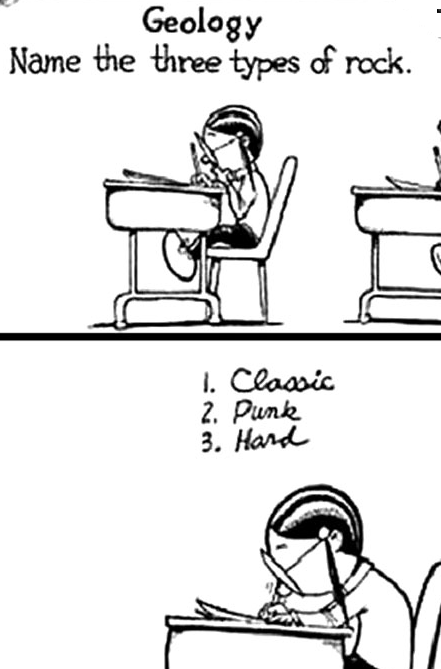Visite au musée de Guiry en Vexin.
Ouvert au public depuis 1983, ce musée est installé dans un bâtiment moderne qui s'intègre parfaitement au paysage rural du Vexin. Sur près de 1 000 m2 répartis en une douzaine de salles, le musée conserve près de 35 000 pièces issues des fouilles archéologiques menées sur le territoire valdoisien. Une sélection de 3 000 objets constitue la collection permanente du musée présentée dans un parcours chronologique qui invite les visiteurs à découvrir l'histoire du département depuis son passé le plus ancien, la géologie (quand le Val d'Oise était sous les eaux il y a 45 millions d'années) jusqu'à l'histoire plus récente des hommes et des femmes (Préhistoire, Antiquité, Haut Moyen Âge).
(Source: http://www.valdoise-tourisme.com)
Infos pratiques
Entrée libre.
Ouvert :
> du mardi au vendredi de 9h à 17h30
> les samedis, dimanches et jours fériés de 13h à 18h
Fermé le lundi, les 25 décembre et 1er janvier.

La première salle du musée est entièrement consacrée à la géologie régionale du bassin parisien, ce qui est unique en Île-de-France.
Elle permet d'expliquer:
- le substrat et les matériaux sur et avec lesquels se sont développées les activités humaines;
- le climat et l'environnement qui ont accompagné le développement de ces activités humaines.
À ce titre, on y trouve une reconstitution de la structure profonde du bassin parisien (profil ECORS), une présentation de la flore et le faune de l'ère tertiaire et de l'environnement de la Seine aux temps glaciaires.
(Source: Wikipedia)
1. Que signifie l'acronyme ECORS?
2. Quelle est la longueur du Profil Nord de la France qui traverse, en autre, le Val d'Oise?
3. Le Profil Nord passe par Banthelu, à quelques kilomètres du musée. Quelle est l'épaisseur du lutétien mesurée à Banthelu?
4. Où a été prise la photo de la carrière de calcaire lutétien?
5. Dans la vitrine des fossiles, comment se nomme le numéro 20 de la partie consacrée au lutétien?
6. Dans la vitrine de la mer lutétienne, estimez la longueur du cyclopoma.
Vous pourrez continuer votre visite dans les autres salles du musée.
Non obligatoire mais appréciée: Votre photo sur le site dans le musée.
Loguez cette cache "Found it" et envoyez-moi vos propositions de réponses soit via mon profil, soit via la messagerie geocaching.com (Message Center), et je vous contacterai en cas de problème..

Open to the public since 1983, this museum is housed in a modern building that fits perfectly into the rural landscape of the Vexin. On nearly 1000 m2 divided into a dozen rooms, the museum holds nearly 35,000 pieces from archaeological excavations on the territory valdoisien. A selection of 3000 objects is the museum's permanent collection presented in a chronological journey that invites visitors to discover the history of the department since its most ancient past, geology (when the Val d'Oise was under water there 45 million years ago) to the more recent history of men and women (Prehistory, Antiquity, Middle Ages).
Practical information
Free entry.
open:
> Tuesday to Friday from 9am to 17:30
> Saturday, Sunday and holidays from 13h to 18h
Closed Mondays, December 25 and January 1.
(From http://www.valdoise-tourisme.com)
The first room of the museum is devoted entirely to the regional geology of the Paris Basin, which is unique in Île-de-France.
It explains:
the substrate and materials to and with which human activities have developed;
the climate and the environment that have accompanied the development of these human activities.
As such, there are a reconstruction of the deep structure of the Paris Basin (ECORS profile), a presentation of the flora and fauna of the Tertiary and the environment of the Seine to the Ice Age.
(From wikipedia)
1. What does the acronym ECORS?
2. What is the length of the Profile Northern France that crosses, in another, the Val d'Oise?
3. North through Banthelu Profile, a few kilometers from the museum. What is the thickness of the Lutetian to Banthelu?
4. Where was the photo of the Lutetian limestone cave?
5. In the window fossils, how is named the number 20 of the section on Lutetian?
6. In the window of the Lutetian sea, estimate the length of cyclopoma.
You can continue your visit in the other rooms of the museum.
Not required but appreciated: Your picture on the site in the museum.
Log in this cache "Found it" and send me your answers proposals either via my profile or via geocaching.com messaging (Message Center), and I will contact you in case of problems ..